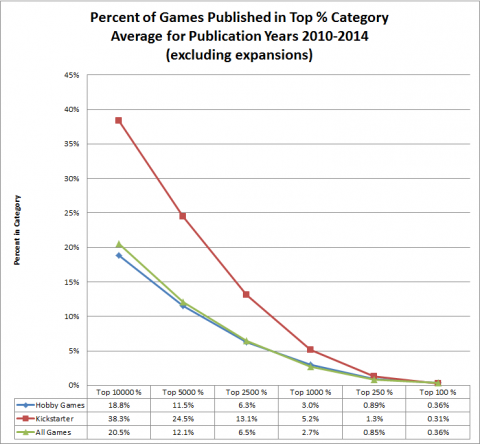Setup
I was listening to a recent podcast… Gino of the Talking Tinkerbots podcast mentioned his frustration with the caveat, or even caution, applied by reviewers about games or Kickstarter projects by first-time designers. The discussion caused me to think about some of the successes and failures of first-timers and to do a little research that might prove interesting. I understand the concern related to “unproven” designers or publishers, but appreciate the perspective that I think Gino was applying.
Not that this article is intended to be a logical argument, but in logical argumentation the problem Gino has pointed out is known as a Genetic Fallacy. Something is bad/good because of its origin.
It would be too easy to focus on the negative here: First-timer Kickstarters that funded but ultimately failed and games that didn’t meet gamer expectations, etc. or to defend first-timers by focusing on “known” designers and publishers failing on the same criteria. The fact is, examples of both are plentiful – I regretfully have some of each (first-timers and known designer/publishers) in my game collection as evidence.
Instead, I want to:
- Take a positive approach to first-timers and provide a few examples of “Impressive First Impressions.”
- Provide a few examples of the games by established designers that were their first or early designs.










